This article was updated on 1/3/22.
Please note: As we continue to learn more about COVID-19, the information in this article may change. You can find our most up-to-date information about coronavirus here.
Wondering what to do if your child tests positive for the coronavirus (COVID-19)? The good news is that most people with COVID-19 have mild symptoms and recover on their own. Resting, staying hydrated and sleeping are typically helpful. If your child is currently well enough to be cared for at home, give them fluids, medicines for fever and pain, and make sure they rest.
If your child becomes sicker, has difficulty breathing, experiences chest pain, is unable to eat or drink, has severe vomiting or diarrhea, or weakness, they need to be re-evaluated. Before visiting your doctor or the emergency department, call ahead to report your child’s symptoms and let them know your child has been diagnosed with COVID-19.
How to avoid spreading COVID-19
All household members should follow these precautions to avoid spreading COVID-19:
- As advised by the Centers for Disease Control and Prevention (CDC), stay in your home (home isolation) except for getting needed medical care. Limit contact with others to avoid spreading this infection. Do not go to work, school or public areas. Avoid using public transportation, ride-sharing or taxis. Do not have visitors come to your home.
- As much as possible, your child should stay in a specific room and away from other people in your home. Also, your child should use a separate bathroom, if available, or clean bathroom surfaces after use with household cleaner.
- Elderly people and those with compromised immune systems or chronic health conditions who live in the home should stay elsewhere, if possible.
- Do not handle pets or other animals while sick.
- Avoid sharing personal household items. Do not share dishes, drinking glasses, cups, eating utensils, towels or bedding with other people or pets in your home. After using these items, they should be washed thoroughly with soap and water.
- Clean all “high-touch” surfaces such as counters, tabletops, doorknobs, bathroom fixtures, toilets, phones, keyboards, tablets and bedside tables every day. Also, clean any surfaces that may have blood, stool or body fluids on them. Use a household cleaning spray or wipe, according to the label instructions.
- Wash hands often with soap and water for at least 20 seconds. If soap and water are not available, clean hands with an alcohol-based hand sanitizer that contains at least 60% alcohol, covering all surfaces of your hands and rubbing them together until they feel dry. Soap and water should be used if hands are visibly dirty.
- Avoid touching your eyes, nose, and mouth with unwashed hands.
- Cover your mouth and nose with a tissue when you cough or sneeze.
- Throw used tissues in a lined trash can; immediately wash or clean your hands. (as described above).
When to stop home isolation/quarantine
If your child had a COVID-19 test and it was positive, the CDC recommends they isolate for 5 days. If your child has no symptoms or their symptoms are resolving after 5 days, they can leave the house but should continue to wear a mask around others for 5 additional days.
Please note that while this is the CDC recommendation, your pediatrician, school or other community group may have different recommendations or rules for isolation and quarantine requirements.
 https://riseandshine.childrensnational.org/wp-content/uploads/2020/11/person-being-vaccinated-feature.png
300
400
Rise and Shine
https://riseandshine.childrensnational.org/wp-content/uploads/2017/11/childrens_riseandshine_logo.jpg
Rise and Shine2025-11-03 07:00:242025-11-03 12:18:05Answers to your questions about the COVID-19 vaccine and booster for children
https://riseandshine.childrensnational.org/wp-content/uploads/2020/11/person-being-vaccinated-feature.png
300
400
Rise and Shine
https://riseandshine.childrensnational.org/wp-content/uploads/2017/11/childrens_riseandshine_logo.jpg
Rise and Shine2025-11-03 07:00:242025-11-03 12:18:05Answers to your questions about the COVID-19 vaccine and booster for children



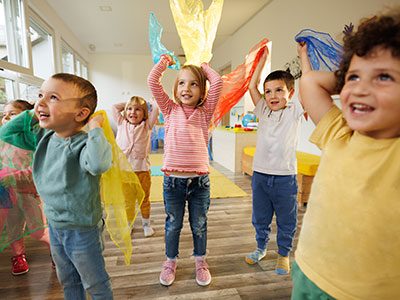



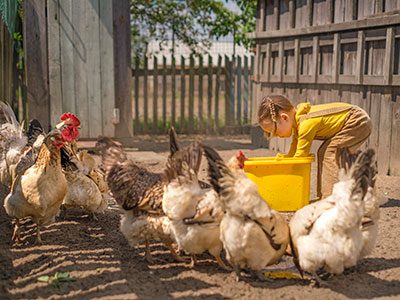
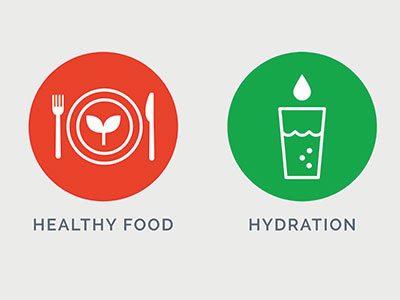
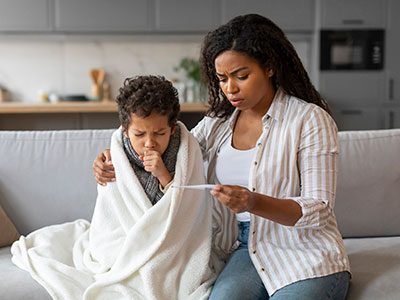
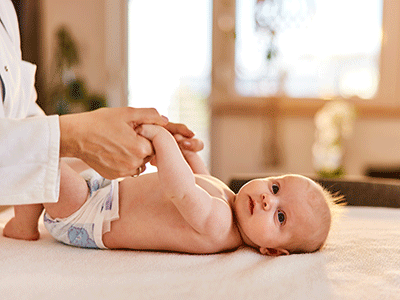
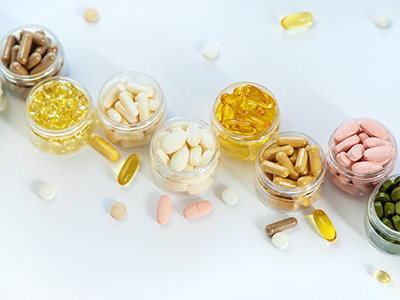


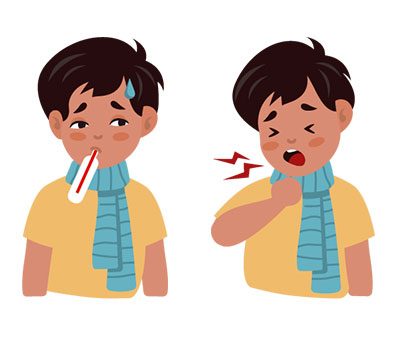
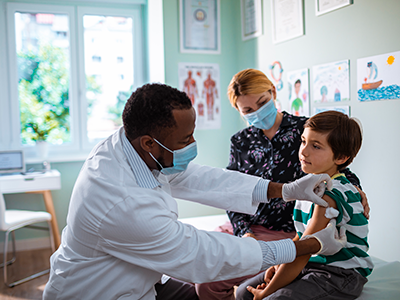
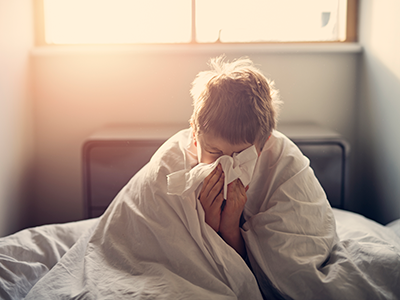
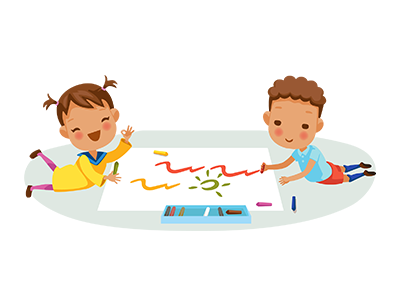
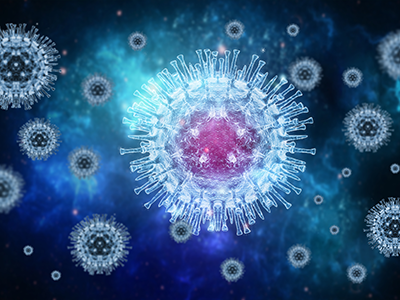
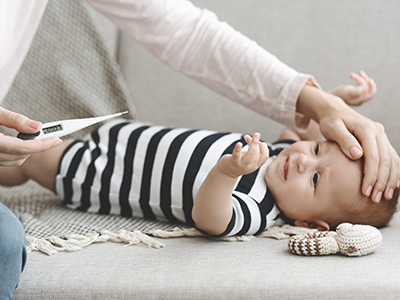
Leave a Comment
Want to join the discussion?Feel free to contribute!